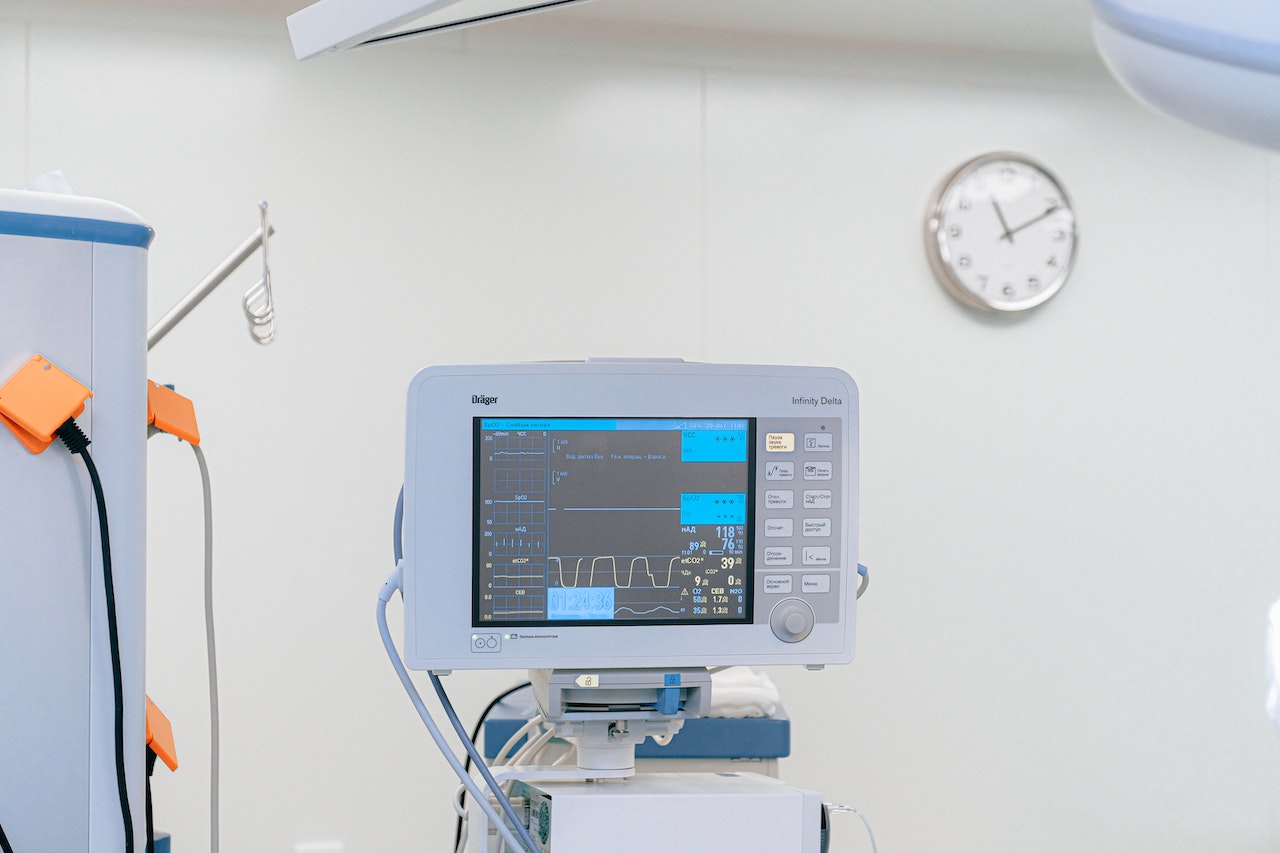
The market size of medical device is growing continuously, and many products have a significant impact on human health. However, there are still many products on the market that are misleading and may not function as intended, posing a serious risk to human health.
To address this issue, FDA has required since 2020 that all products imported to the US must implement the Unique Device Identification (UDI) system. Similarly, the EU has also implemented new regulations in the same year to strengthen its control over medical devices.
The UDI system was introduced as a way to improve patient safety and increase traceability of medical devices throughout their lifecycle. In this blog post, we'll explore the reasons why medical devices must implement UDI, and the benefits it brings to consumers (patients), healthcare providers, and medical device manufacturers.
Why is UDI necessary?
Reason 1: Track medical device effectively
By implementing UDI, patient safety is assured. Medical devices can be tracked more easily throughout their lifecycle, from production to use by patients. This makes it sooner for healthcare providers to identify any safety issues with a specific device and take appropriate action. In the event of a recall, UDI makes it easier to identify and locate affected devices, reducing the risk of harm to patients.

Reason 2: Better the efficiency of healthcare system
UDI betters the efficiency of the healthcare system. By making it easier to track medical devices, healthcare providers can manage their inventory with ease and ensure they have the necessary equipment to provide care to patients. This can reduce delays and improve patient outcomes.

Reason 3: Increase transparency of medical device market
UDI also helps to improve the accountability and transparency of medical device manufacturers. Manufacturers can track their products throughout their lifecycle, ensuring they are in compliance with relevant regulations. This prevents the distribution of unsafe or non-compliant devices, protecting patients and improving the reputation of the medical device industry.
What is UDI?
UDI is a unique identifier assigned to a medical device that enables it to be easily traced throughout its lifecycle. The UDI consists of a device identifier (DI), which identifies the specific version or model of the device, and a production identifier (PI), which identifies the device's production history. The UDI system was introduced to standardize the identification and traceability of medical devices, and to improve patient safety by making it easier to track devices in the event of safety issues or recalls.

How to import UDI ?
Importing UDI involves several steps. Firstly, medical device manufacturers must obtain a UDI prefix from the regulatory authority (Ex. GS1, HIBCC). They must then create a database of UDI codes. Manufacturers must also redesign their device labeling and packaging to incorporate the UDI code, and adjust their production processes to ensure compliance with UDI requirements.
Once UDI is imported, manufacturers must ensure they have the necessary systems and processes in place to manage their UDI database and comply with relevant regulations. This includes ongoing monitoring and evaluation of UDI implementation, to ensure it is effective in improving patient safety and healthcare efficiency.
( Related Product👉👉UDiBar- UDI Generator and Label Managemet System )
Conclusion
In conclusion, the implementation of UDI is essential for ensuring the safety, efficiency, and accountability of the medical device industry. By standardizing the identification and traceability of medical devices, UDI can help to prevent safety issues, improve patient outcomes, and enhance the reputation of the medical device industry. While implementing UDI may require significant effort and investment, it is a necessary step for the industry to take in order to ensure the highest levels of patient safety and healthcare quality.
| Taiwan's UDI Implementation Process In 2015, the Ministry of Health and Welfare established the "Medical Device Unique Identification System Specification" to enhance the single identification of medical devices in circulation. The document states that the following three objectives should be achieved:
As the above specification is only advisory in nature, Article 19 of the "Medical Device Management Act" was promulgated in 2019, which stipulates the UDI labeling schedule for medical devices at all levels:
|